For many of us, the idea of living in Paris sounds like a dream come true and conjures up seductive images of sipping coffee at impossibly chic street-side cafés and taking romantic strolls along the Seine. Which is all well and good, but if you do actually decide to move to Paris, there are lots of practical things to deal with before that first leisurely walk along the river. Pretty high up on the list comes deciding where in the city to live.
The arrondissements
The good news is that by most 21st century standards, Paris isn’t a very large place. The area within the city’s ring-road (known as the Périphérique) is only 13km across at its widest point, which is less than an hour on a bicycle and about three hours by foot. So getting a handle on the city isn’t too difficult, especially once you understand the arrondissement system, which divides Paris into twenty numerically-named districts.
In fact, having some understanding of which arrondissement is where is useful for any visitor to Paris because locals are just as likely to tell you they live “in the 4th” or recommend a restaurant “in the 5th,” rather than saying that they live in the Hôtel-de-Ville or that their favourite place to eat is in the Latin Quarter.
Paris as a snail
One way to understand the layout of the arrondissements is to picture the city as a snail shell. Spiralling out clockwise from the centre are the 1st, 2nd, 3rd and 4th arrondissements on the Right (north) Bank of the Seine, then the 5th, 6th and 7th on the Left Bank. The 8th, 9th, 10th, 11th and 12th make a second arc on the Right Bank; the 13th, 14th and 15th complete the Left Bank; and the 16th, 17th, 18th, 19th and 20th form the outer circle of the Right Bank.
If it helps, you might also want to picture the axis that runs through the city east to west (line 1 of the Métro) and all the way out to La Défense. Another axis (line 4 of the Métro) runs north to south passing Gare du Nord, Hôtel de Ville, Ile de la Cité (Notre-Dame) and Montparnasse.


So where shall I live?
Now we’ve got that straight, it’s time to consider the particular character of the different arrondissements and decide what Parisian neighbourhoods would suit your needs. The type of accommodation varies from one area to another and ranges from apartments in medieval buildings in the Marais to sleek contemporary offerings in the Bastille neighbourhood.
If price is a factor, you will need to bear in mind that the closer you are to the centre of Paris, then, not surprisingly, the more expensive it gets. Equally well, if getting about by car is important to you, then living in some of the heavily pedestrianised central areas might not be the best choice.
Here then, to help you make a choice, is a breakdown of the city into five main areas, within which are a wide variety of different districts and neighbourhoods.
Western Paris
Arrondissements: 8th, 16th, 17th, and the Western suburbs.
Districts: Madeleine, Trocadéro, Champs-Elysées, Auteuil, Monceau, Ternes, Neuilly-sur-Seine, Levallois, Boulogne-Billancourt

The smartest Paris districts are in the west and where you live will depend on how close you want to be to the centre. Around Madeleine, Trocadéro and the Champs-Elysées you will find gracious Haussmannian apartments, often with balconies, marble entrance halls and elevators.
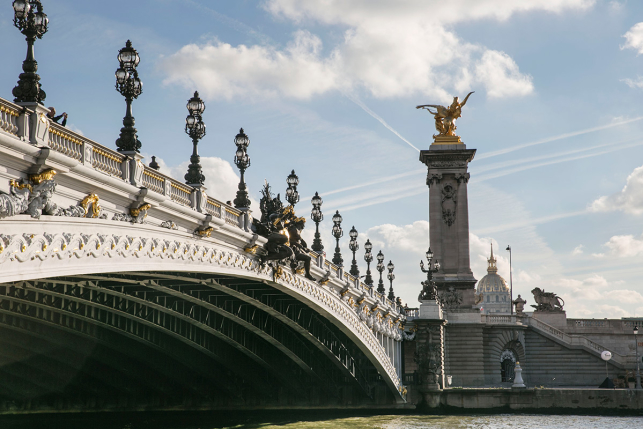
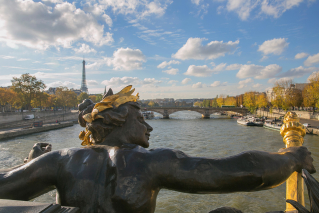
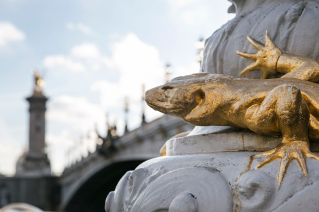
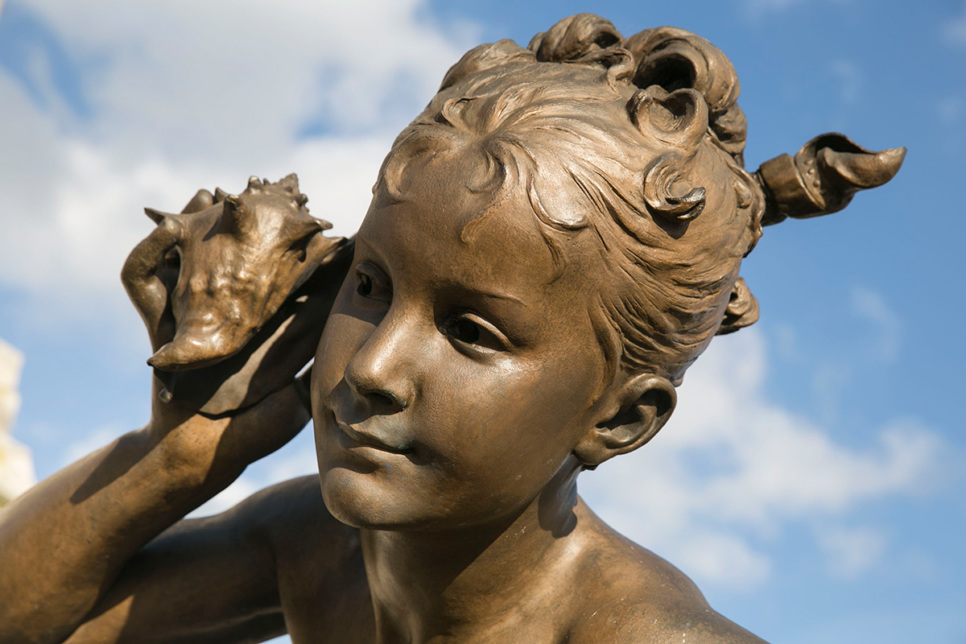
Monceau and Ternes in the northwest can be equally grand but, since these neighbourhoods are further out, apartments are a little less expensive. They have the advantage, however, of the attractive Parc Monceau.
Auteuil and Passy are nestled in the western pocket of the Seine and are very residential, combining modern and Haussmannian apartments and exclusive homes with gardens. This area is great for sports or dog lovers as it is near to the Bois de Boulogne and several private tennis courts.
Neuilly-sur-Seine and Levallois are smart suburbs on a Métro line near the American and British hospitals, and Boulogne-Billancourt is also set to become sought-after with the redevelopment of the Ile Séguin, a former Renault factory. In all these districts you will find clusters of local shops and amenities including clothing boutiques, and fresh produce markets including the excellent Avenue du Président Wilson (Trocadéro), which supplies several top chefs.
Northern Paris
Arrondissements: 9th, 17th, 18th
Districts: Batignolles, Montmartre, Pigalle, Notre-Dame-de-Lorette
Less expensive than Ternes, the neighbouring Batignolles district is popular with young families for its park, cafés and bistros and organic market. Clustered around its butte, or hill, on which stands the basilica of Sacré-Cœur is Montmartre.

The “village Montmartre” just behind the basilica has some exclusive properties with gardens and rambles down the hill via picturesque staircases to the attractive and lively area near the Mairie (town hall) of the 18th and rue du Poteau market street. Its only disadvantage is that getting there (by Métro or car) involves circumventing the butte so takes longer. Abbesses is more easily accessible and also has a village atmosphere, though it’s also more touristy.
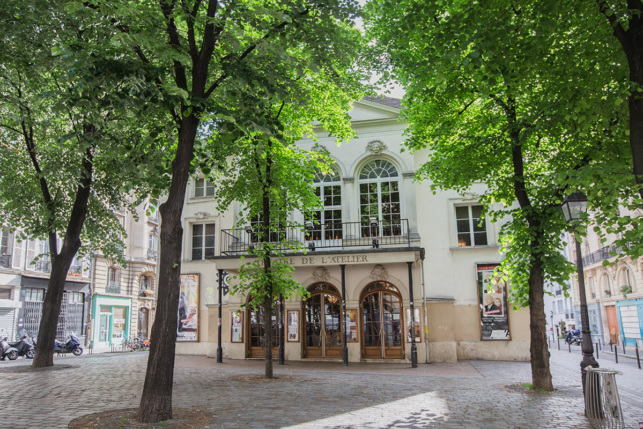
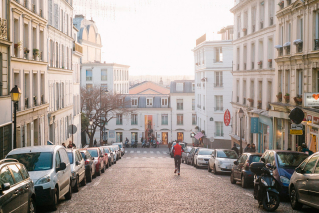
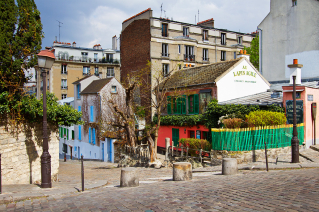
Crossing the boulevard that separates the 18th and the 9th (where the Moulin Rouge is located) you come to Pigalle and the lovely Notre-Dame-de-Lorette, a district full of 19th-century charm and including the rue des Martyrs, a haven for foodies.
Eastern Paris
Arrondissements: 11th, 12th, 19th, 20th
Districts: Bastille, Buttes-Chaumont, Ménilmontant, Nation
Traditionally the most populaire (working class) area of Paris, the east is rapidly gentrifying as young couples buy their first property in these less expensive neighbourhoods that nevertheless have a great deal of charm.
First to come up in the world was Bastille following the opening of the Opéra Bastille in the 1980s. The lucky ones can find a converted “loft” atelier in the former cabinet-makers’ district running along the rue du Fbg-St-Antoine, which also has the bijou place Trousseau. There are many bistros in the area.

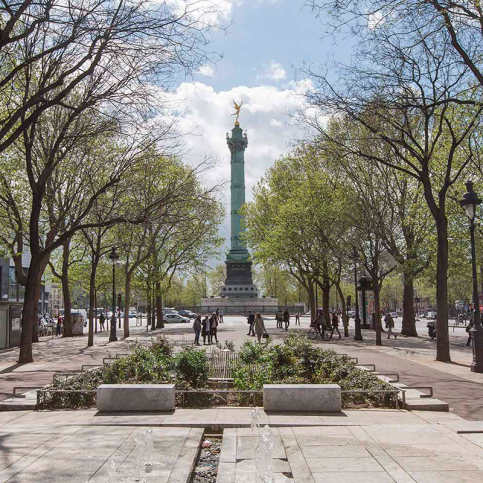
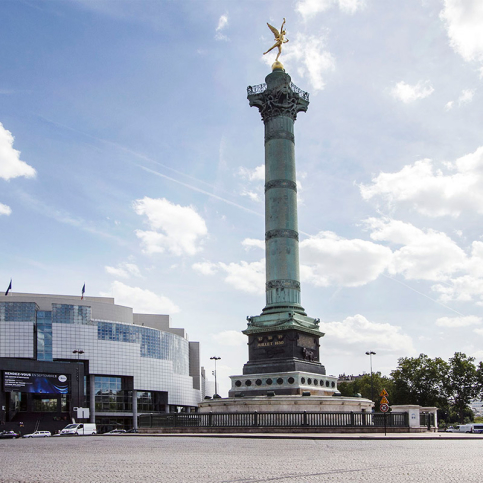
Further east along this axis is place de la Nation, convenient for outdoor pursuits in the Bois de Vincennes. The northeast encompasses villagey Ménilmontant on its hill, and Buttes-Chaumont, centred around one of Paris’s most lovely parks, where there is (unusually for Paris) plenty of grass to roll on. Stations like Pyrénées and Jourdain are on the convenient Métro Line 11 straight in to Hôtel de Ville. Also in the 19th, the Canal d’Ourcq, an extension of the Canal St-Martin, is becoming popular with young families for its waterside walks. Most of the accommodation here is in modern blocks which have the advantage of parking.
Central Paris
Arrondissements: 1st, 2nd, 3rd, 4th, 10th
Districts: Ile St-Louis, Ile-de-la-Cité, Louvre, Les Halles, Marais, Grands-Boulevards, Montorgeuil, République, Canal St-Martin
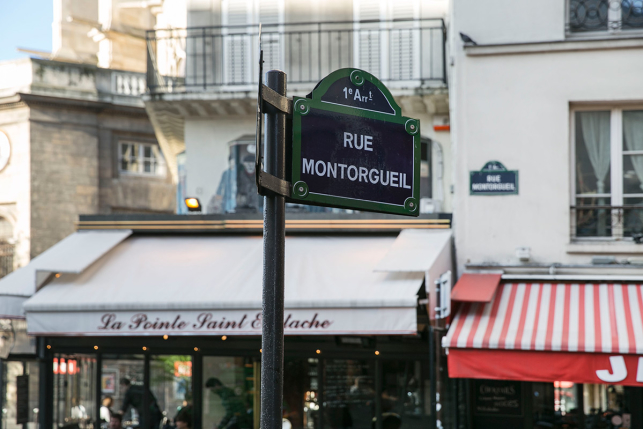
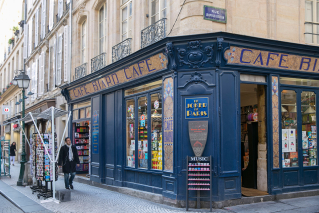
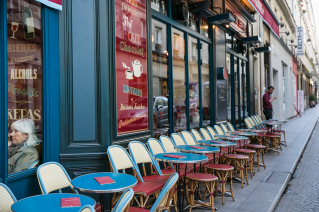
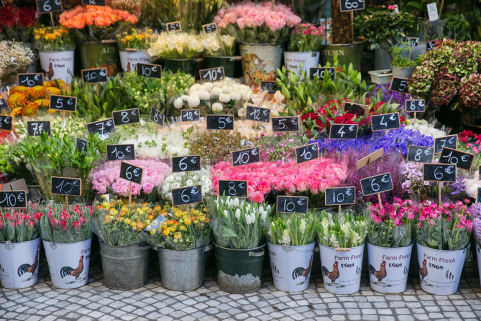
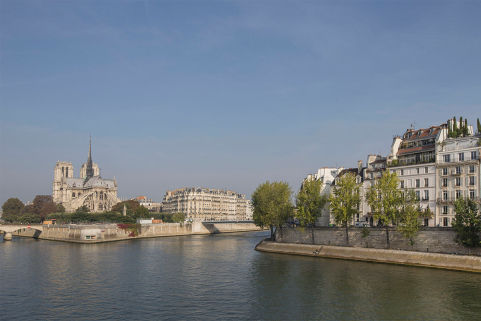
Hugely varied in terms of its available accommodation, the centre of Paris ranges from the exclusive hôtels particuliers (townhouses) of the Ile-St-Louis or Place des Vosges (in the Marais) to affordable apartments.


The Louvre and Les Halles are most suitable for a really central pied-à-terre, but do not have many residential amenities. The Marais is a much-loved area for its old-world charm: if old beams and tomette tiles are your thing you will find plenty to choose from here, but probably not with an elevator as historic building preservation often prohibits it. It is also Paris’s gay quarter, with the by-product of many tastefully restored apartments.

The upper part of the Marais (“haut Marais”, the 3rd) is less noisy and less touristy than the 4th, with the covered Marché des Enfants Rouges on rue de Bretagne, young designer boutiques and art galleries.
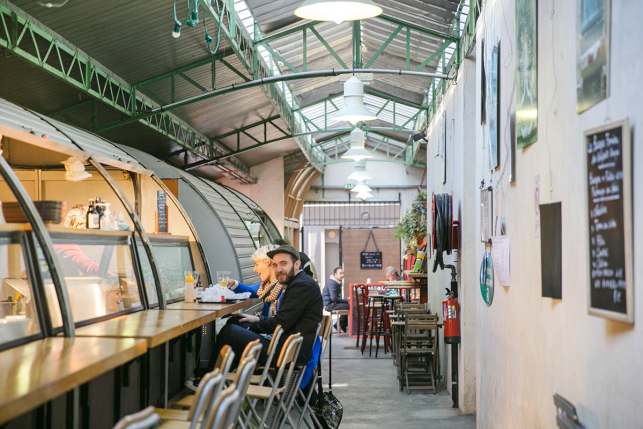
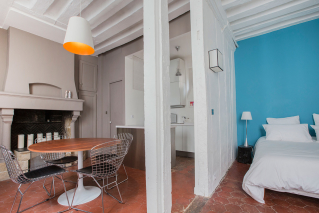
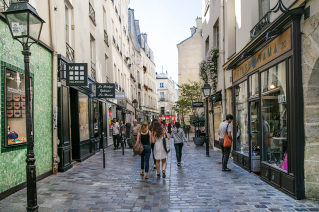
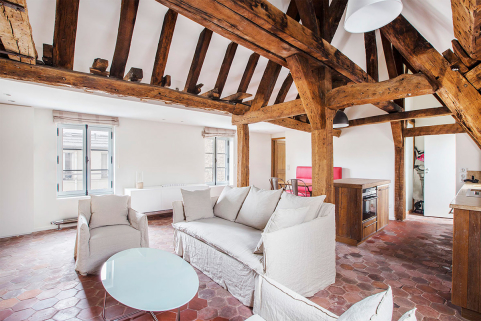
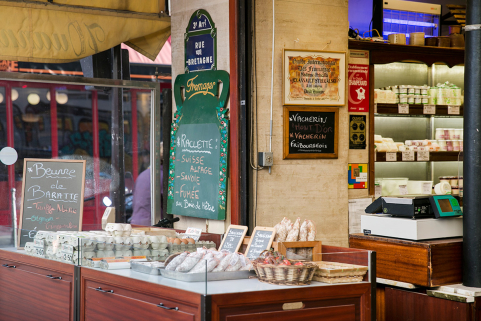
Montorgeuil is a lively food-shopping and bar district, while the 10th around the newly pedestrianised Place de la République includes the hipster Faubourg St-Denis and bucolic Canal St-Martin. If you don’t yet know what a bobo is (short for bourgeois-bohemian) here you will see them in their natural habitat: promenading infants in strollers, shopping at Ben Simon and drinking natural wine along the canalside bars.

Left Bank
Arrondissements: 5th, 6th, 7th, 13th, 14th, 15th
Districts: Bibliothèque François Mitterrand, Panthéon-Sorbonne, St-Michel, St-Germain-des-Près, Invalides, Champs-de-Mars-Tour Eiffel, Convention, Alésia, Butte-aux-Cailles, Montparnasse
Left Bank inhabitants may not agree with our grouping the whole of the south side of the Seine as one. But its many districts share the quality of being residential, safe, and full of the traditional Parisian charms, though it also includes one of the city’s rare modern developments.

Going from east to west along the Seine you have the Bibliothèque quarter, which is now coming into its own with the opening of several rooftop restaurants at the Les Docks Seine-side complex. Here you will find modern condo-style apartments with parking and the additional benefit of being on the ultra-fast Line 14 into the centre of the city.
West of here is the Latin Quarter around the Panthéon, Sorbonne and St-Michel: the home of well-bred students now grown up, its pretty narrow streets still filled with bookshops and unpretentious bistros. For those looking to educate their children in the public school system the Lycée Louis-le-Grand and Lycée Henri IV found here are renowned for their academic results.

St-Germain-des-Prés, once shabby and bohemian, is today the home of chic with its top designer boutiques, galleries and expensive restaurants, but what could be more Parisian than taking your morning coffee at the Flore or the Deux Magots? The gorgeous Luxembourg Gardens are nearby, and apartments, as in the Latin Quarter, are often pre-Haussmannian with exposed beams. Going further west you get into the ministerial territory of the Invalides and Champs-de-Mars, with Haussmannian apartments on quiet, distinguished streets and fine dining aplenty.

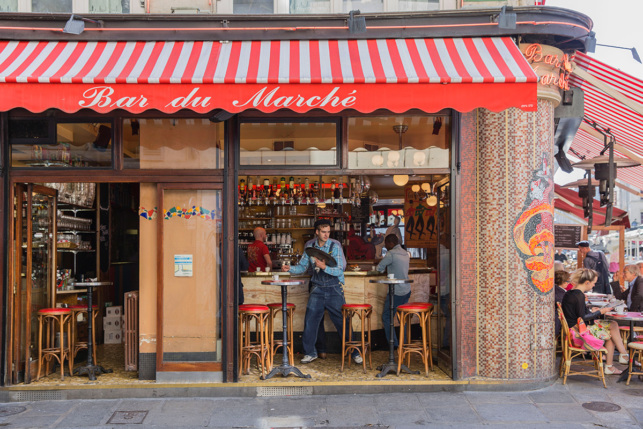
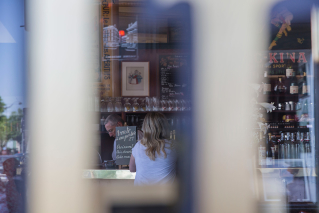
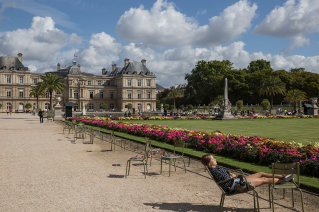
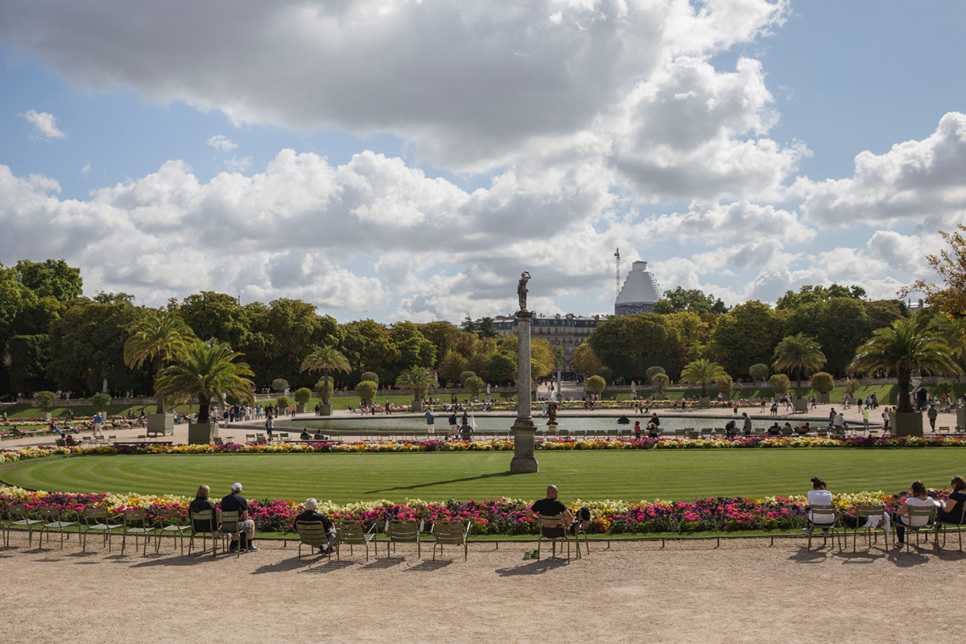
The outer districts of the Left Bank include the 13th’s large Chinatown around place d’Italie, with its little village enclave of the Butte-aux-Cailles. West of here is Montparnasse (convenient for the centre of the city via Métro Line 4) with its boulevards, brasseries and theatres and Parc Montsouris. Alésia, a district famous for its “stock shops” or retail outlets, leads into the quiet residential district of the 15th, or Convention, and the modern Parc André Citroen.
What to expect from a Parisian apartment
While Paris has modern condo-style apartments, the true Parisian experience comes from living in one of its medieval or Haussmannian buildings. In the second half of the 19th century Baron Haussmann’s town planning eradicated much of the medieval city in favour of wide boulevards and a particular, grand architectural style using hewn stone.
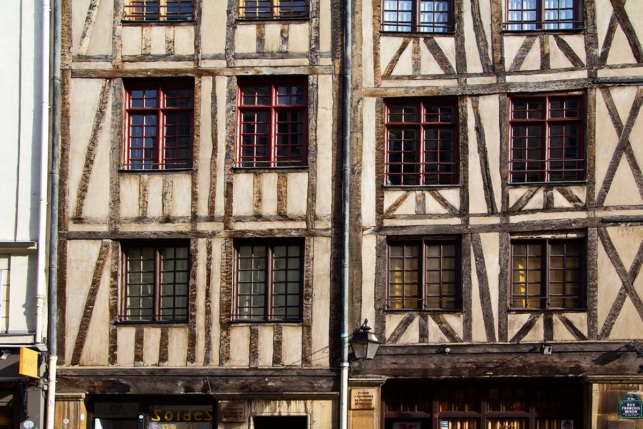
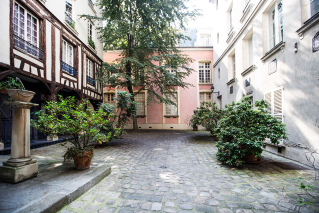
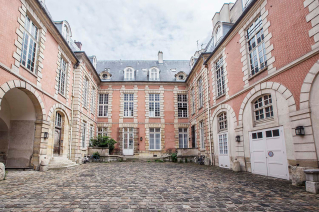
Designed as apartments, they are entered by a communal hall feeding into several staircases with either door codes or intercom as security. Mailboxes are in the hall, or, if the building is lucky enough to have a caretaker (guardien/ne), mail will be delivered by him or her. You will often be equipped with a “bip” that gets you entry via an electronic sensor.
Haussmannian apartments have well-proportioned living rooms and bedrooms and small kitchens and bathrooms, though the cuisine américaine or open kitchen is now very common. Parisians prize having a WC separate from the bathroom. Parquet floors, ceiling mouldings and marble fireplaces often feature in Haussmannian apartments, though don’t expect to be allowed to light a fire! Heating and cooking are by gas or electricity and heating is sometimes communal.


Apartments in medieval buildings (in St-Germain-des-Prés, the Latin Quarter or the Marais) are less likely to have an elevator because of historic building regulations, but they often have exposed beams and tomettes (hexagonal terracotta tiles).

Most apartments are now double-glazed, but if you really prize tranquility opt for one sur cour (overlooking the courtyard). As most traditional apartments have wooden floors noise can travel from above and pretty much the only way to avoid this is to take a top-floor flat, many of which are mansarded.
